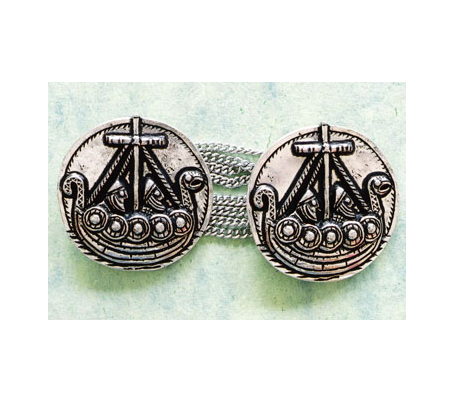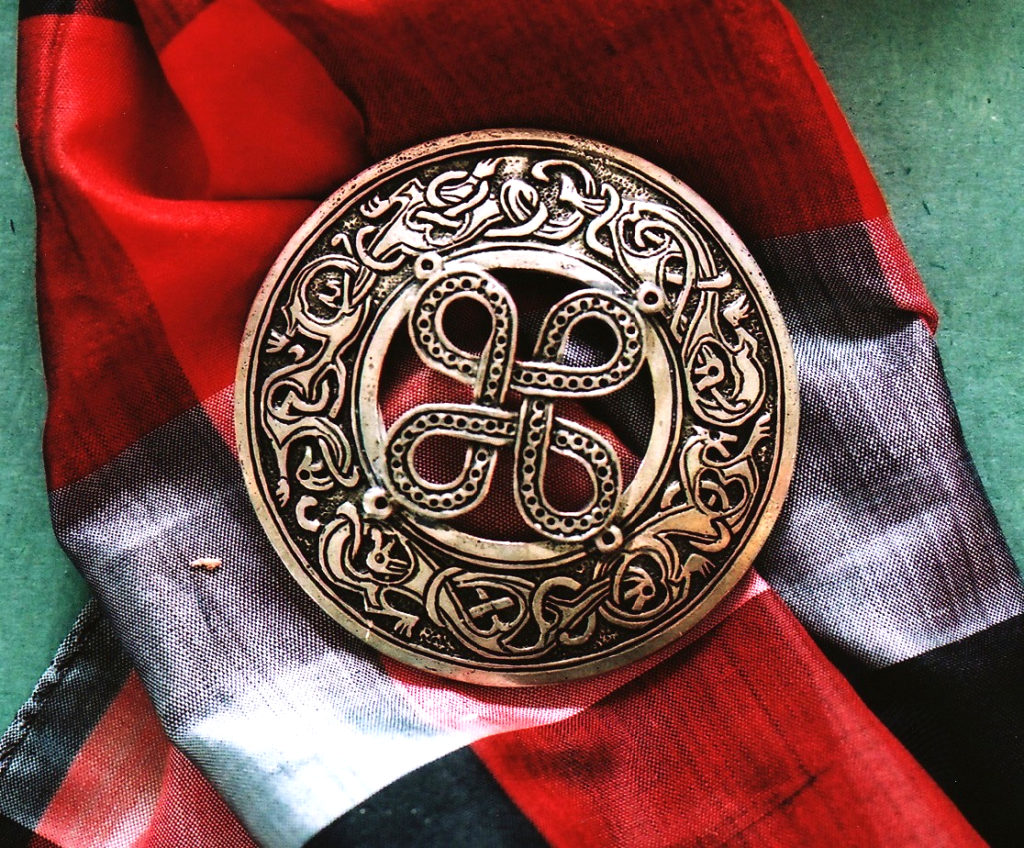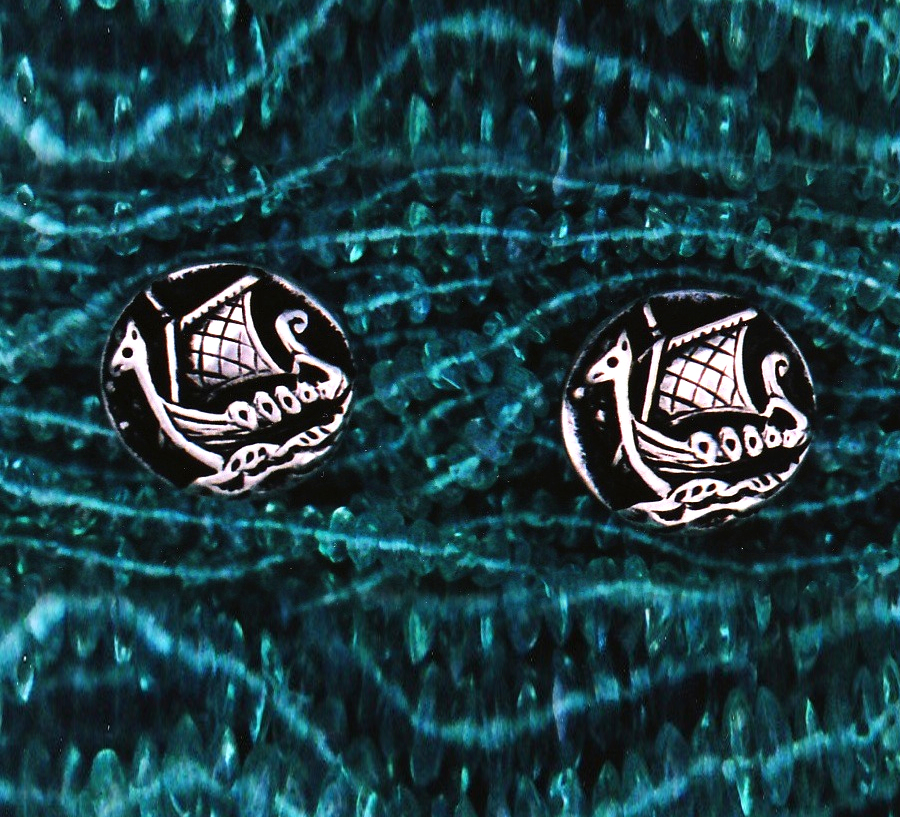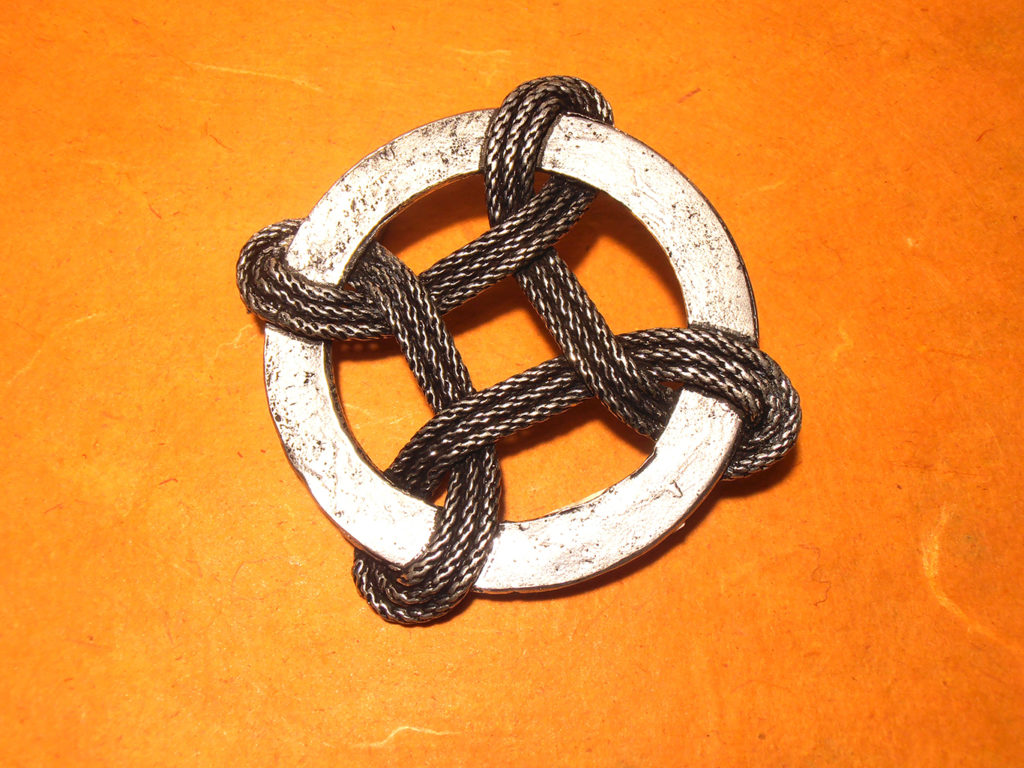Traders, Fisherman, Farmers, Artists, Carpenters, Builders, Predators…
The Vikings, when they swept out of their Northern homelands in the 8th century A.D. were all that and more. Viking warriors guarded the Emperors of Byzantium, dragged –literally– the King of the Franks from his throne & raided the monasteries of Western Europe.

But it was as sailors and settlers –not predators– that the Vikings made their true impact on the Celtic world. Fierce and fearless sailors they plundered Ireland, England and Scotland… but they also settled in Waterford, Dublin, York, Normandy, Orkney and a hundred other places.
Today we like to think of the Celts as purely Celtic. The Vikings purely Scandinavian. But nothing could be further from the case. The Vikings were never mere predators, and rarely remained cultural outsiders for long.

The Northmen came to Scotland as raiders, would be lords, sometime conquerors. Appropriately enough the Highlands and Islands would become one of the last strongholds of Viking traditions and Viking culture. While the Jarls of Orkney adopted Christianity relatively early they were slow to abandon their traditions of magic, feuds and outlaws. Many of the northern Clans seemed equally unconcerned with the outside world. And, although the Orkneys “officially” became part of the Scottish crown in the 15th century –as part of the dowery of the Norwegian Princess Margaret, a descendant of Vikings– the Highlands and Islands continued to follow their own star and as late as the 18th century Jacobite sympathizers from the Islands would continue to flee to Norway or Sweden.
To this day there are still those that have problems with the hybrid nature of the Viking influenced Northern Clans. Their art, their history, their culture and their family trees are never purely Celtic or purely Viking. Historians are as inclined as anyone else to take sides… They prefer to see the battles of the North –even the artistic battles of the North– in epic terms. To the defenders of a purely Celto-phile vision of Scotland, Scotland isolated from the rest of Medieval Europe, is where traditional Celtic art endured passed on with barely a hitch from Druid priests to Catholic monks until that ancient tradition was threatened by brutal Norse predators.

But the Celts and the Vikings –despite their battles– shared a strong connection to the natural world, a belief in the mystical otherworld and a self confidence reflected in art unlike any other.
This design is a reflection of that hybrid world that was both Viking and Celtic… a world that gave birth to the Northern Clans.

Both Viking and Celtic Art Share An Organic Origin
Celtic knotwork –whether it is the colorfully intricate ornamentation of an early Christian Irish prayer book, or the sinuous lines that decorate the hilt of a Bronze Age warrior’s dagger– is always the most immediately recognizable aspect of High Celtic art. What inspired those knots is, today, a mystery. But… before there was Bronze there was rope. Long before the first Celtic stonemason picked up a chisel to carve the very soul of the Celt into the stones, there were weavers, fisherman and sailors who could make mazes out of twine & rings out of rope. Like the Celts the Vikings were also people of rope. Their ships never sailed without rope, their fisherman never fished without rope, they never tied a bail or set a trap without rope… And rope and braid motifs are staples of Viking Art just as they were part of the daily life of Vikings and Celts alike.
The Celts and the Vikings shared a bloody and vibrant world. A world of old Gods and new. Sagas and stories. A world of conflict, and a world of courage. Today nearly half the clans of Northern Scotland can trace their lineage back to the Vikings. And Ireland’s smiling blue eyes? They might be a legacy of the Vikings as well.

